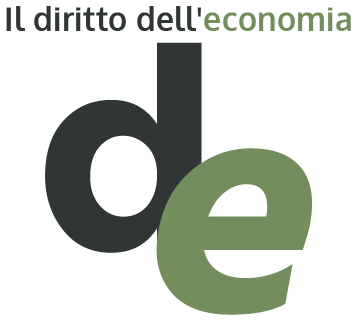Antonio Leo Tarasco – A.S.N. Professore ordinario in Diritto Amministrativo, Dirigente Ministero beni e attività culturali e turismo – (leo@antonioleotarasco.com)
SOMMARIO
1. Italian state Unesco sites: public property.
2. From Unesco state sites ownership to management plans.
3. The financial results of the management of state Unesco sites: a jagged picture.
4. The financial dimension of the 1972 Paris Convention. 5. Unesco site management plans: outsourcing.
5.1. The case of “Su Nuraxi” in Barumini (Sardinia).
5.2. The case of the “Early Christian Monuments of Ravenna”.
The paper intends to develop the relationship between UNESCO sites belonging to the Italian State, and the profiles of profitability and sustainability.
Although it’s true that the general characteristics of UNESCO Italian sites (and not only) are the heterogeneity of legal ownership, at the same time in the UNESCO sites belonging to Italian state (25 out of 55: 45.55%) the heterogeneity of management models is added to the plurality of legal regimes. In this case, plurality of ownership affects fruition, since it also affects the management of such sites. The negative effects of the fragmentation of state-owned UNESCO sites can be summed up in: 1) differences in staff recruitment; 2) differences in management models; 3) differences in fruition qualities; 4) differences in economic profitability; 5) differences in accounting frameworks.
Il saggio intende sviluppare la relazione tra i siti Unesco appartenenti allo Stato italiano e i profili di redditività e sostenibilità. Se è vero che la caratteristica generale dei siti Unesco italiani (e non solo) è l’eterogeneità della proprietà giuridica, contemporaneamente nei siti Unesco appartenenti allo Stato italiano (25 su 55: 45,55%) alla pluralità di regimi giuridici si aggiunge un’eterogeneità di modelli gestionali. In questo caso, la pluralità di proprietà incide sulla valorizzazione del sito, poiché condiziona anche la gestione di quest’ultimo. Gli effetti negativi della frammentazione del sito Unesco di proprietà statale possono essere sintetizzati in: 1) differenze nel reclutamento del personale; 2) differenze nei modelli di gestione; 3) differenze nelle qualità dell’esperienza; 4) differenze nella redditività economica; 5) differenze nel quadro contabile.



